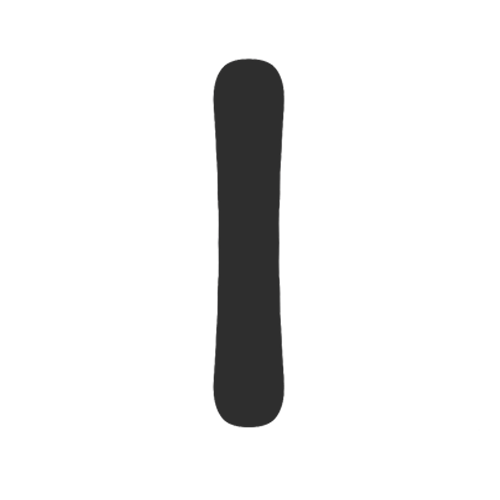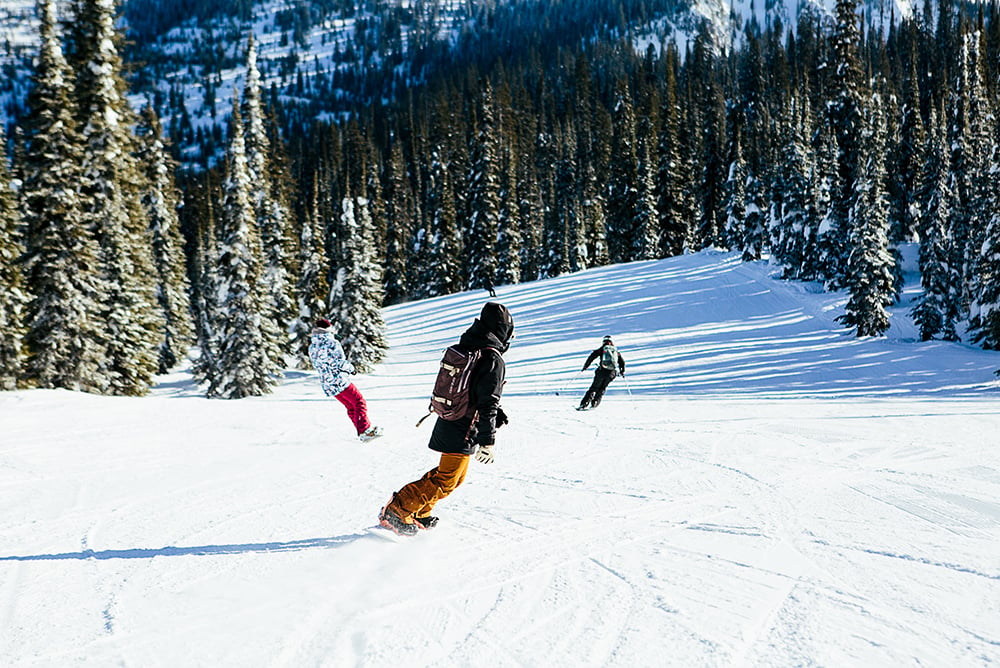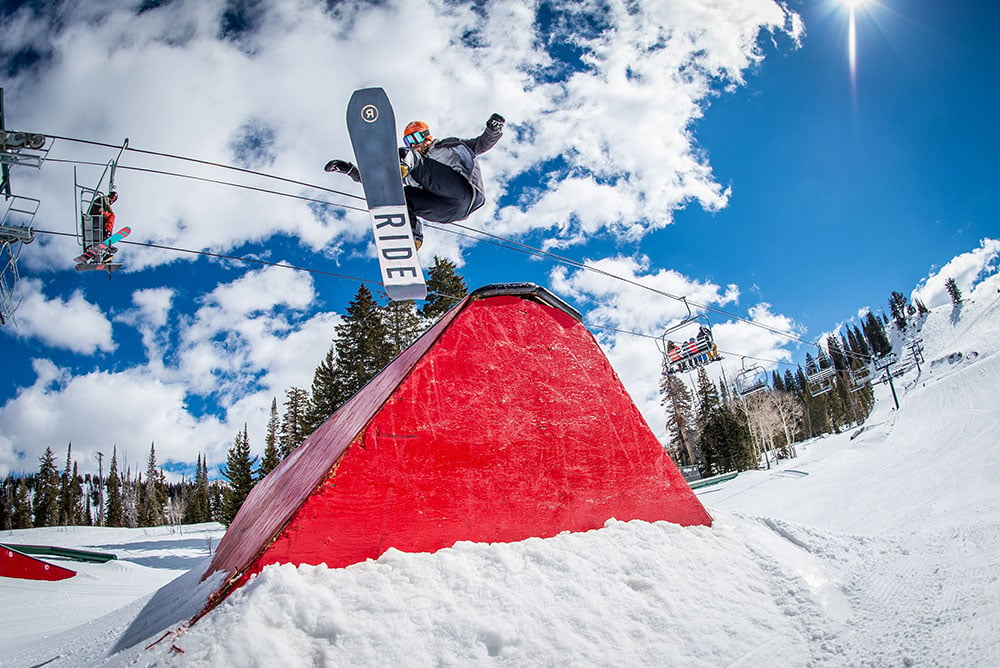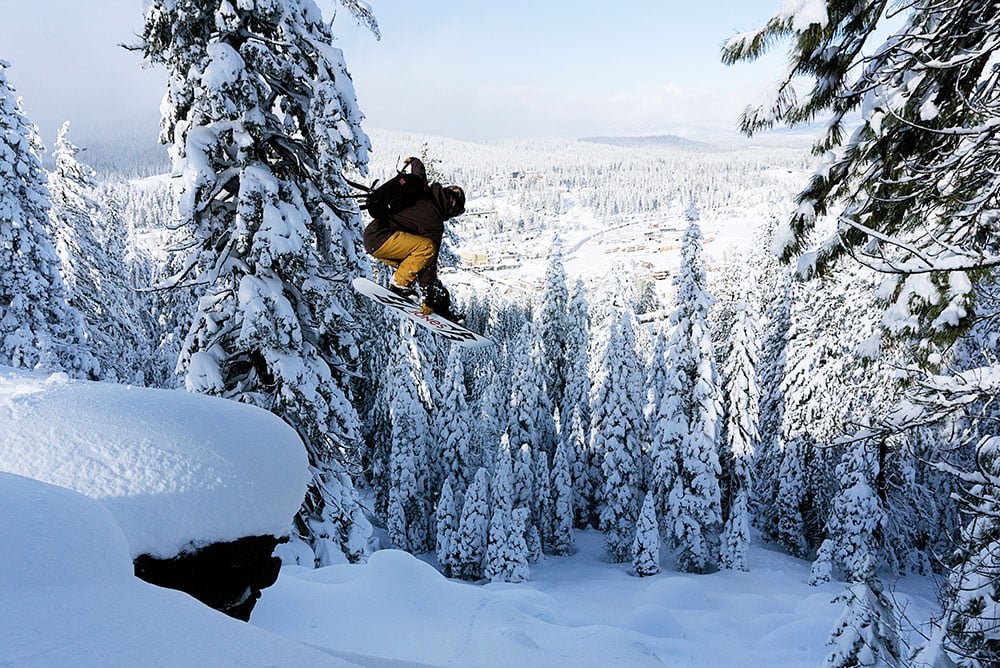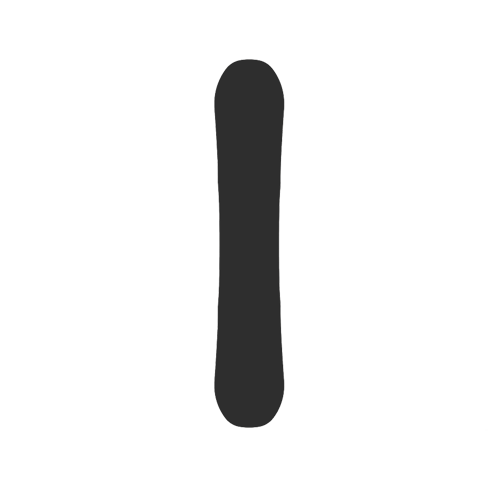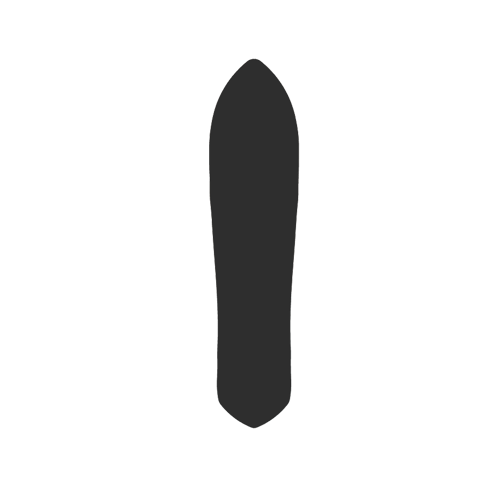How to Choose the Right Shape Snowboard - Snowboard Shapes Explained
Which Snowboard Shape is Right for Me?
The past couple of years has brought on an entirely new style of snowboarding. In the past, most silhouettes remained the same while the rocker changed. These days there are a variety of shapes and snowboard sizes and understanding them can help you make the most out of your riding.Directional Shape
These profiles are most often found in freeride and powder boards but can often be ridden all-mountain as well. They are often stiffer in the tail with a wider and softer nose that helps you stay afloat in powder and maintain stability while carving at high speeds. Typically, these boards have binding inserts that are set back (closer to the tail) sometimes up to an inch.
Directional Twin Shape
A combination of twin and directional snowboards, directional twins are a mix of both shapes. A symmetrical shape (similar size tip and tail) combined with a directional core (softer tip than tail) is common, as is the opposite: a directional shape but symmetrical core. Directional twins are most at home on all-mountain and freestyle terrain.
Volume Shifted Shape
Volume shifted boards can be identified by their short and wide profile. They get their name by pushing your weight to the back of the board and keeping your nose on top of the snow. These boards offer an alternative to the long powder boards and are more maneuverable for tree runs. These made for the backcountry and deep powder days and come in a variety of unique shapes and sizes.
Why asymmetry on a snowboard?
You may have noticed that asymmetrical snowboards are seizing the limelight, but it’s not just because they look weird. Why then? Well, snowboard designers have recognized that while humans are (for the most part) symmetrical from left to right, they’re not symmetrical from front to back.
If you’ve snowboarded before, you may have noticed that turning ‘heel side’ is more difficult than turning ‘toe side’ – asymmetrical snowboards help you overcome this natural physiological asymmetry in two ways, often in tandem:
Asymmetrical Sidecuts
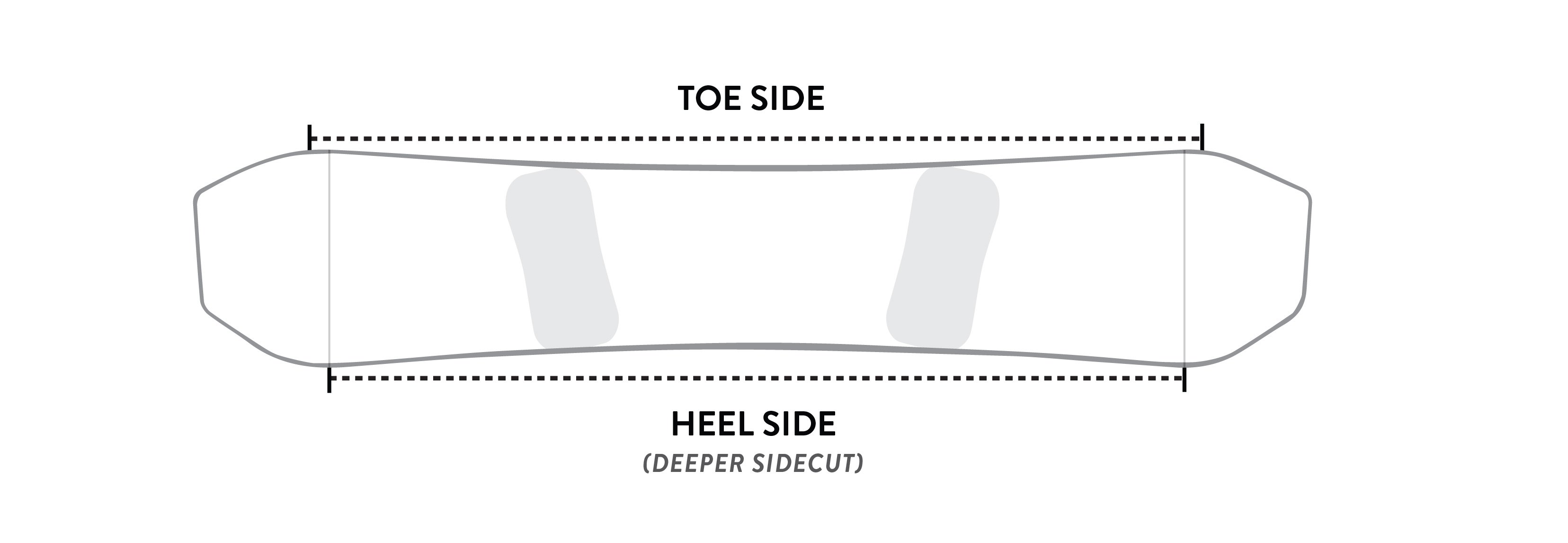
A snowboard's sidecut can also be tweaked for asymmetry. Boards with asymmetric sidecuts have both a shorter, and deeper, more pronounced heel side sidecut. Again, this helps with tighter heel side turns and improved maneuverability. Asymmetric sidecuts improve your balance, too, giving you more natural and intuitive control while engaging the board’s heel side edge.
Asymmetrical Cores
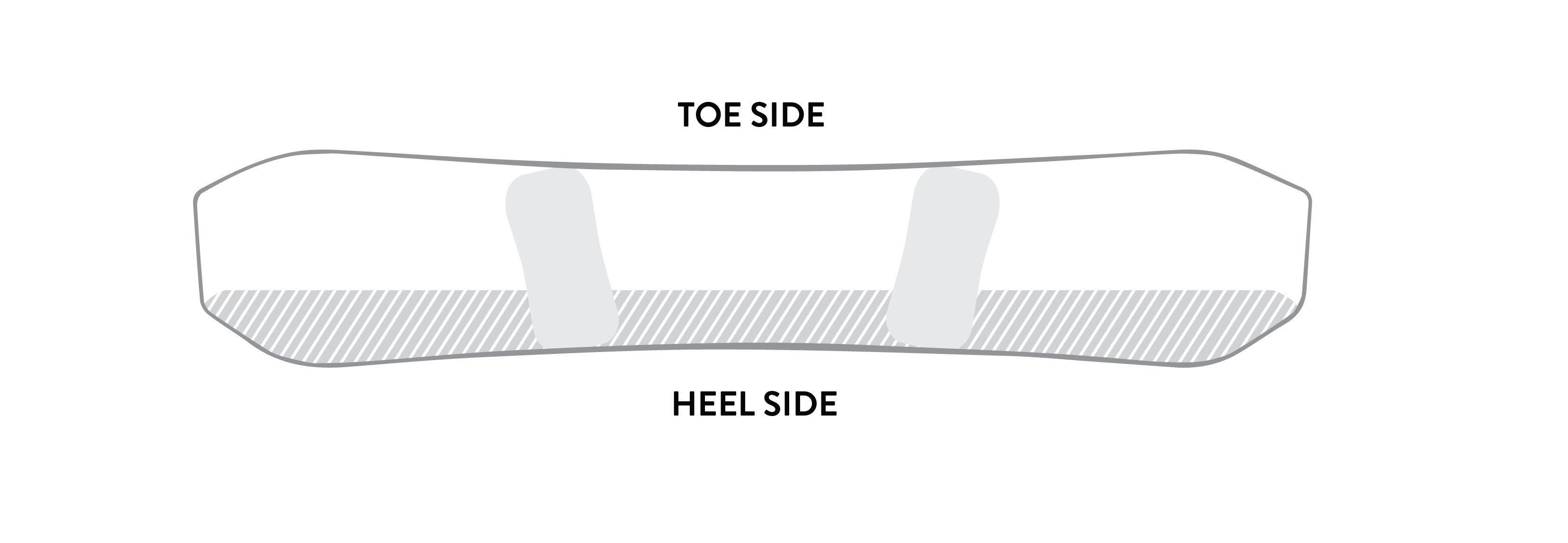
Another way the human body’s toe-to-heel differences can be accounted for is with the a snowboard’s core makeup. Since toe side turns are typically more precise and of a tighter radius, manufacturers have created boards with softer cores beneath the heels. This allows the rider to flex the board more on heel side for a tighter, more precise, more natural feeling turn. Simply put, the board’s heel side turns respond more like toe side turns!
Bottom Line: Asymmetrical shapes make snowboarding easier, more fun, and it looks sweet, too!
